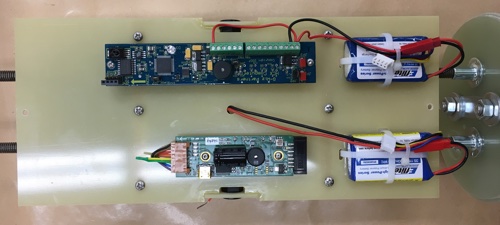Curtis Enlow
Well-Known Member
I am designing my avionics bay sled which will include prime & backup battery/altimeter systems.
I understand the importance of longitudinal balance. But I am questioning the wisdom of putting batteries AND electronics, all on one side of the central longitudinal line.
Should this be a concern? Should I make an effort to distribute the weight, or is the arm/moment so small as to negligible?
I understand the importance of longitudinal balance. But I am questioning the wisdom of putting batteries AND electronics, all on one side of the central longitudinal line.
Should this be a concern? Should I make an effort to distribute the weight, or is the arm/moment so small as to negligible?



